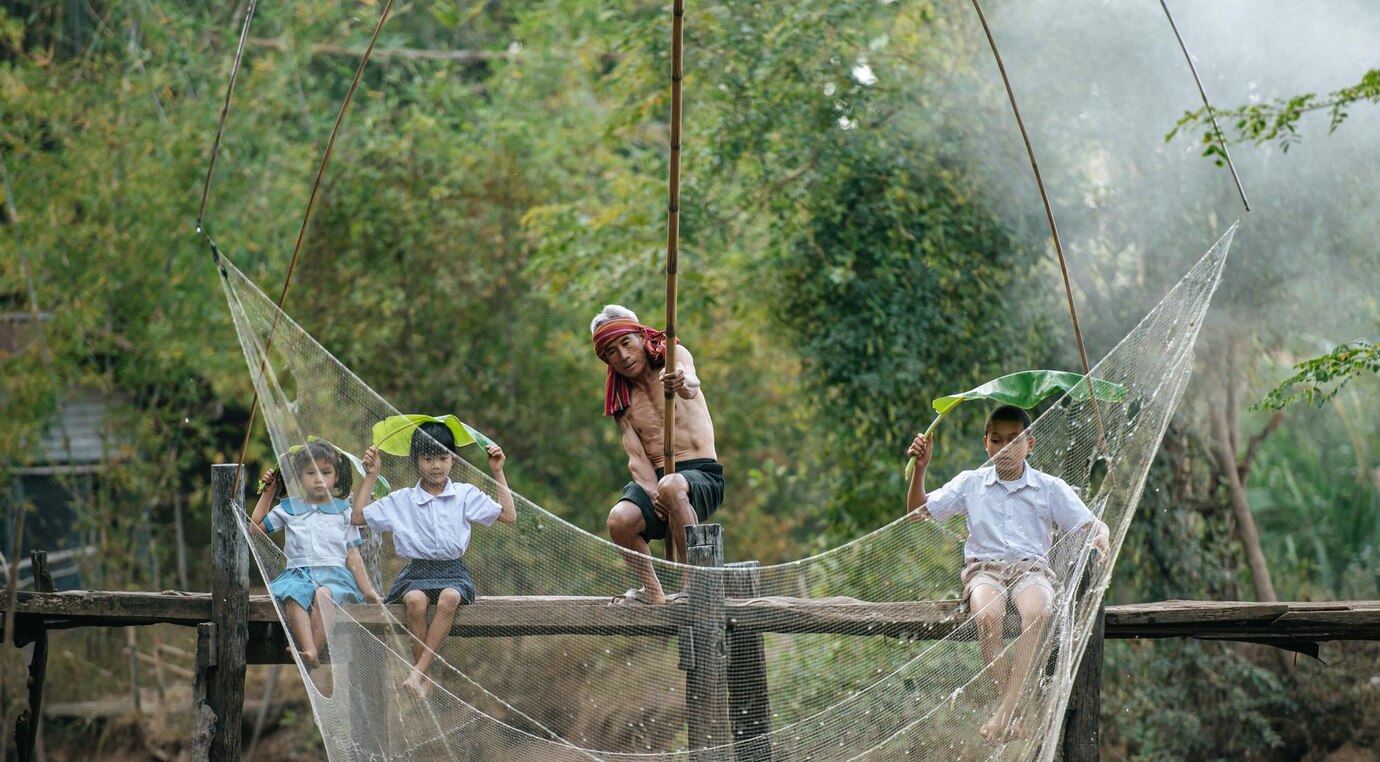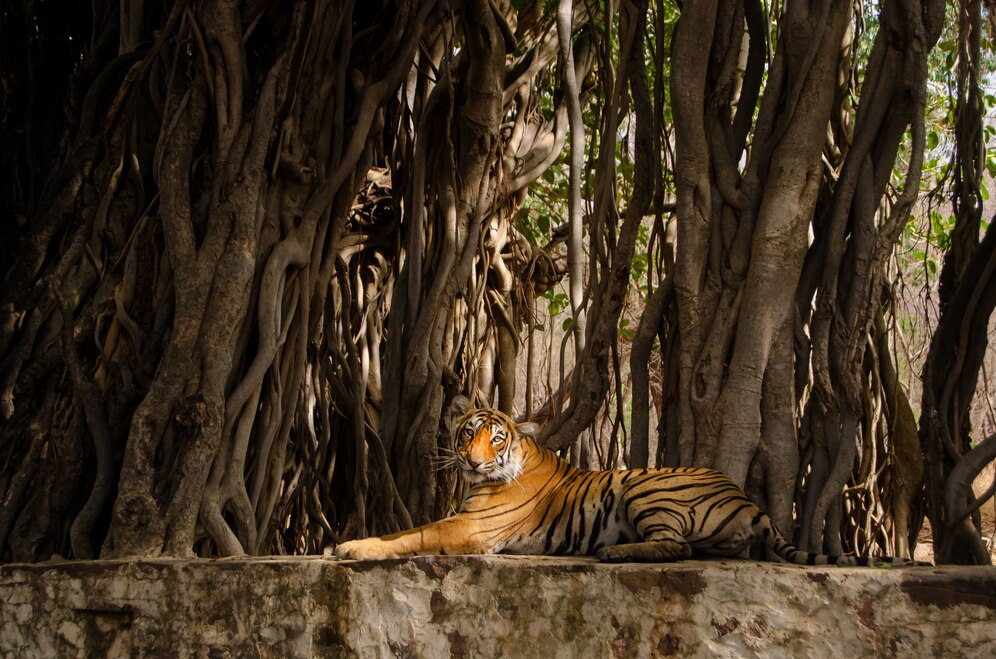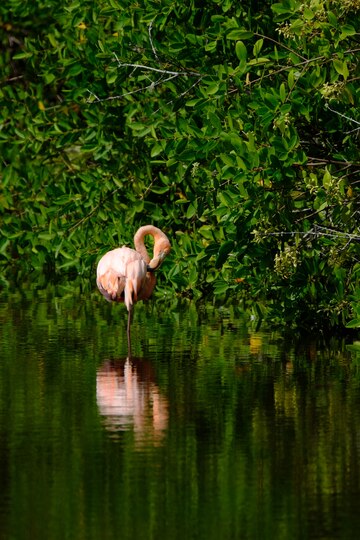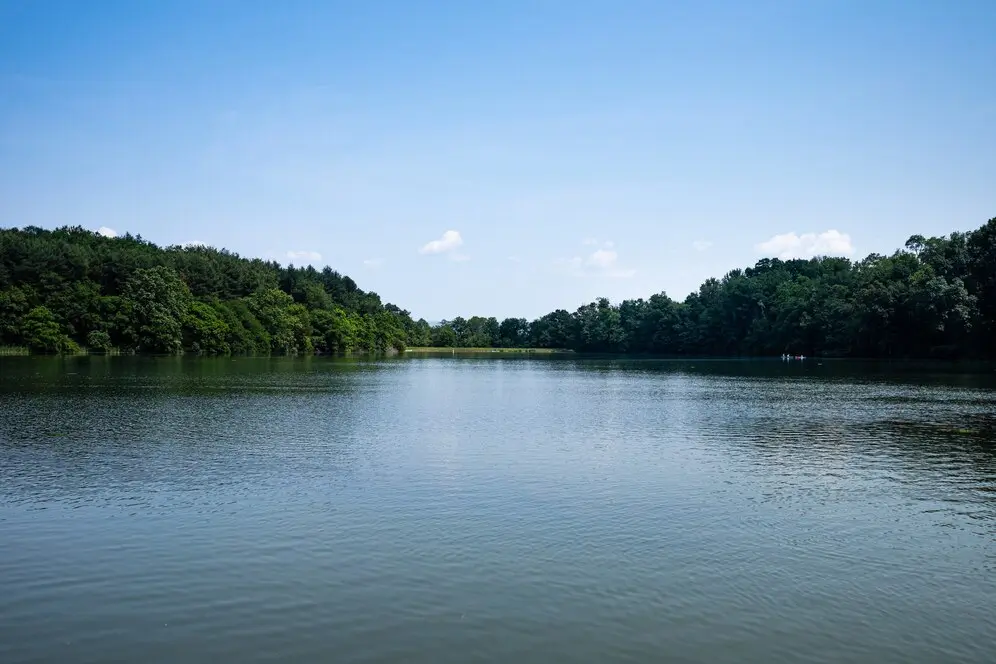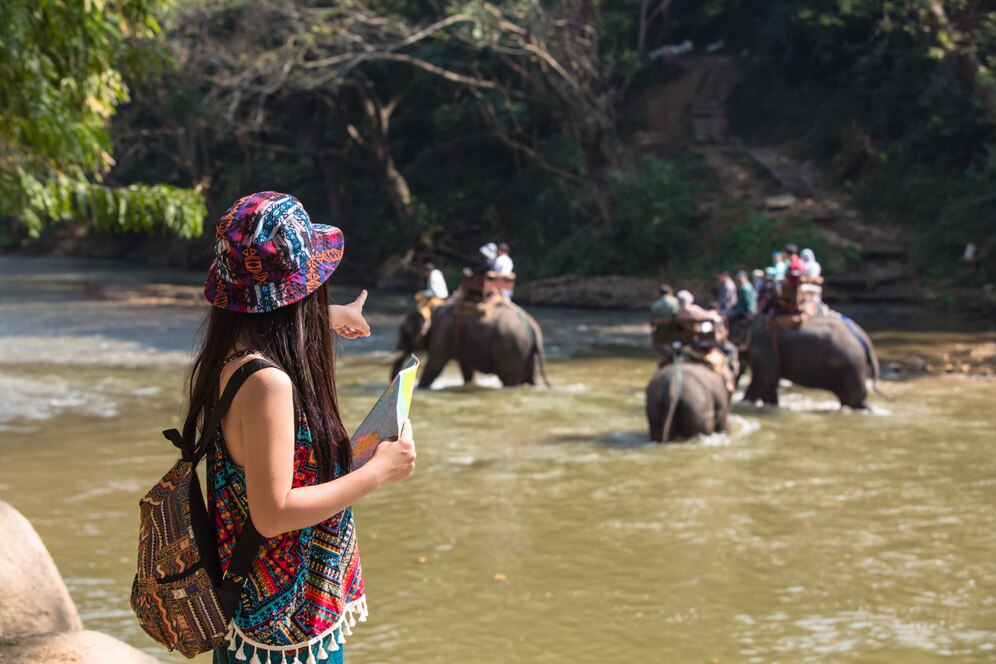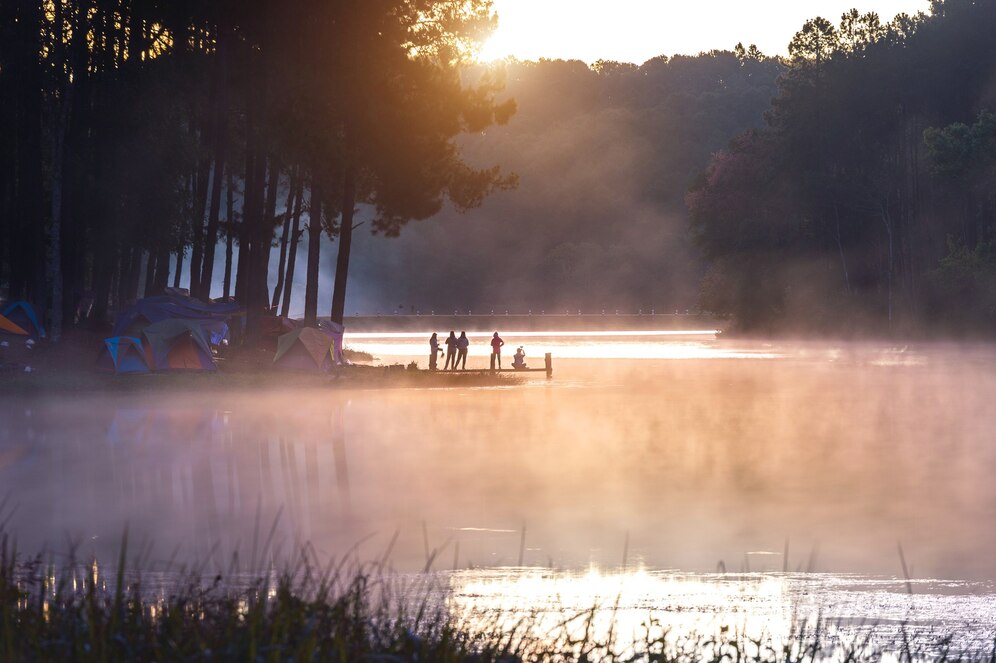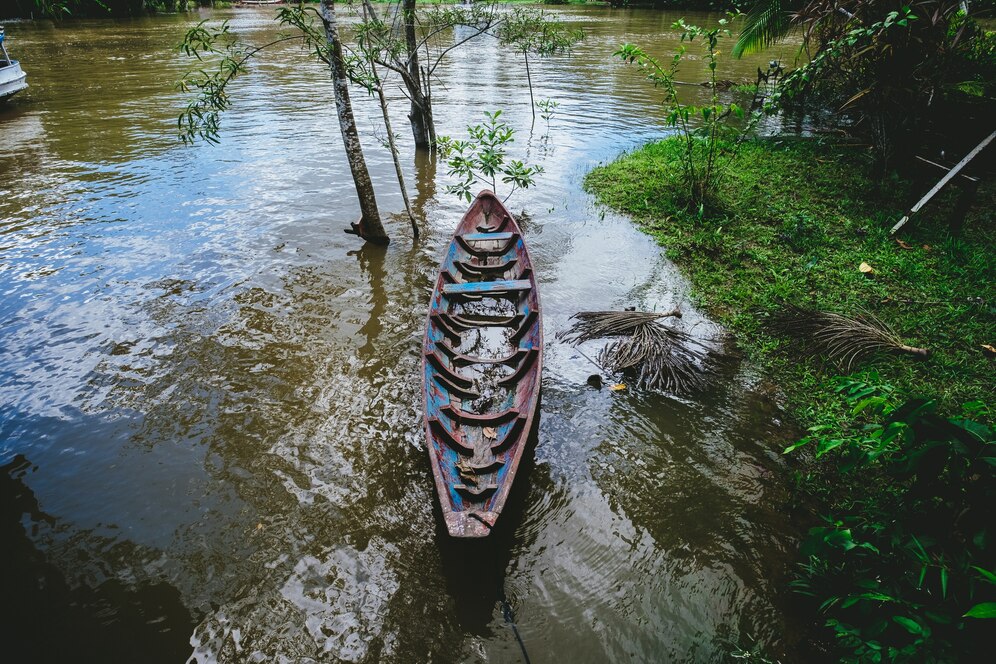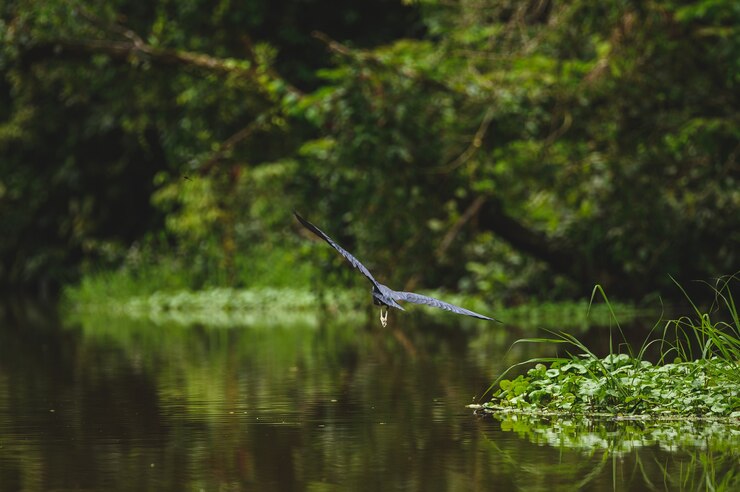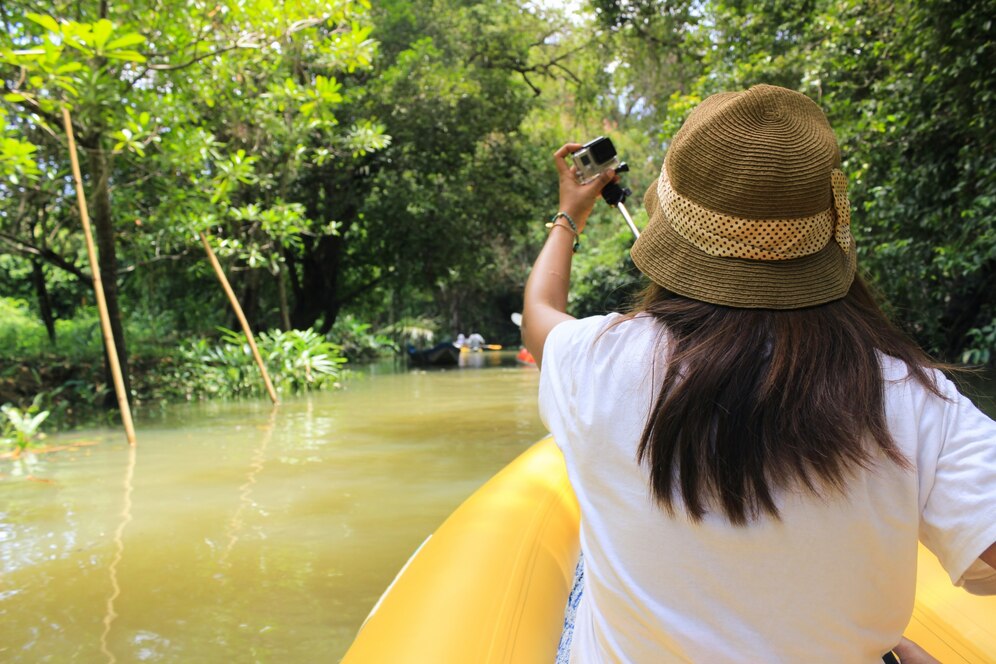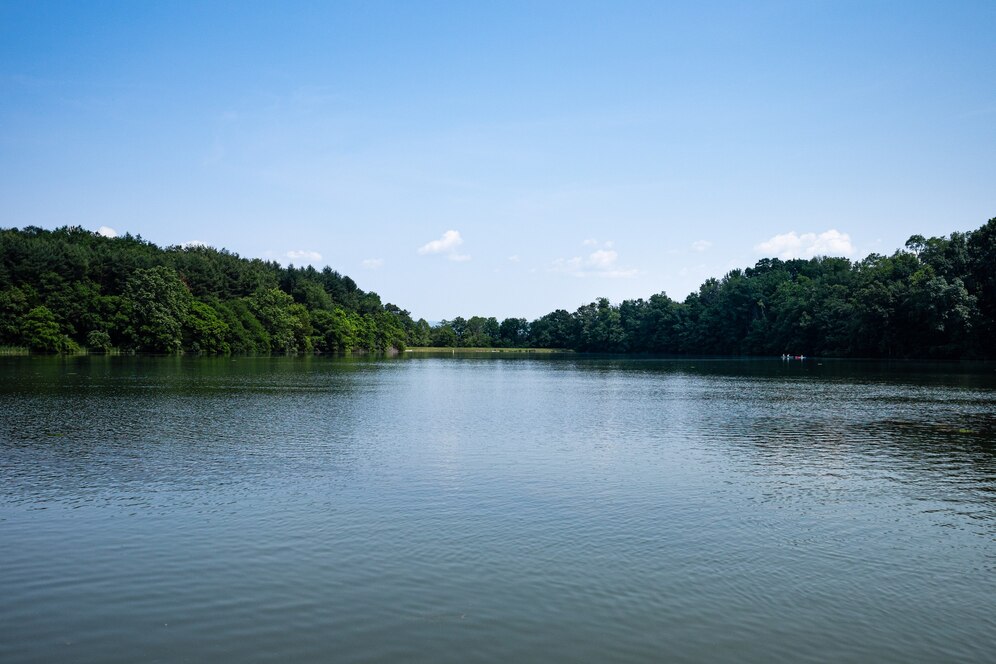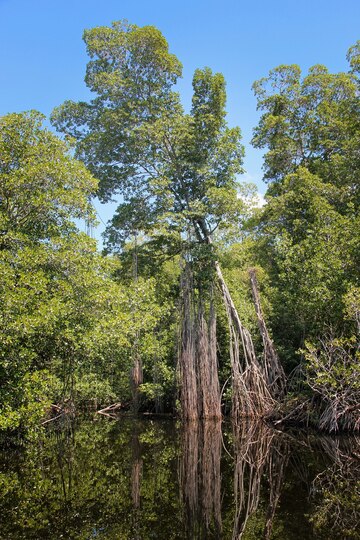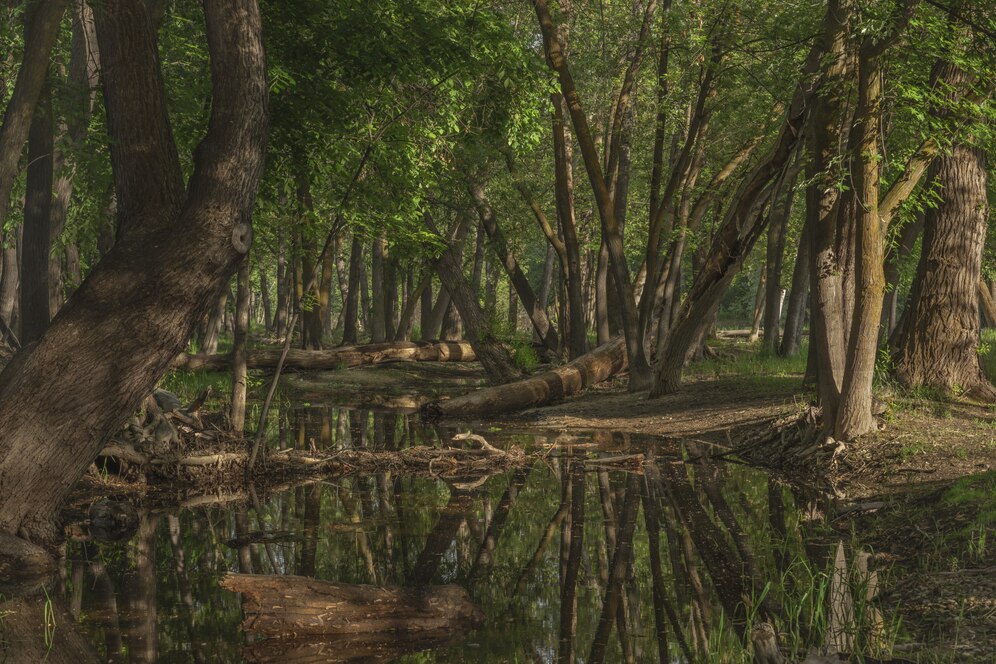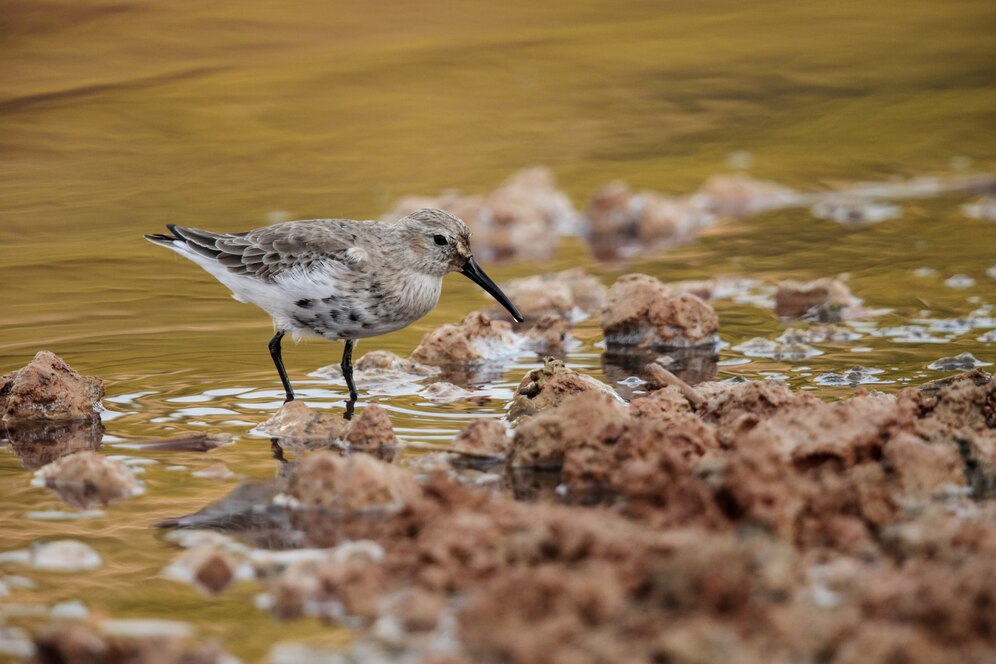As people try to live in a way that is better for the environment and lasts longer, eco-villages have become popular as new ways to live in harmony with nature. These communities aim to leave as little of an impact on the environment as possible and encourage environmentally friendly ways of life.
One example is the growth of eco-village getaways near the Sundarban forest. These places offer a greener way of life and encourage people to change their habits to be more eco-friendly. This guide talks about eco-villages, their benefits, and how a trip from Kolkata to an eco-village resort as part of a Sundarban tour package can help people think about how to make the world a better place for everyone.
What Are Eco-Villages?
The goal of eco-villages is to be socially, economically, and environmentally beneficial. They use many green methods, like organic farming, using renewable energy, reducing waste, and saving water. Often, these neighbourhoods encourage cooperative living, in which people share resources and responsibilities to have less of an effect on the world.

How Eco-Villages Support Sustainability
Eco-villages are very important for showing how to live in a way that doesn’t harm the environment. They are like living laboratories for testing and improving new eco-friendly tools and methods. Eco-villages use green building methods, renewable energy sources, and sustainable farming to show how to save natural resources and lower carbon footprints in real life.
Solar power and green building
Over a few eco-villages get their power from clean, natural sources like sun, wind, and water. Using natural and recycled materials, passive solar design, and energy-efficient appliances are some of the green building methods that help cut down on energy use and environmental damage.
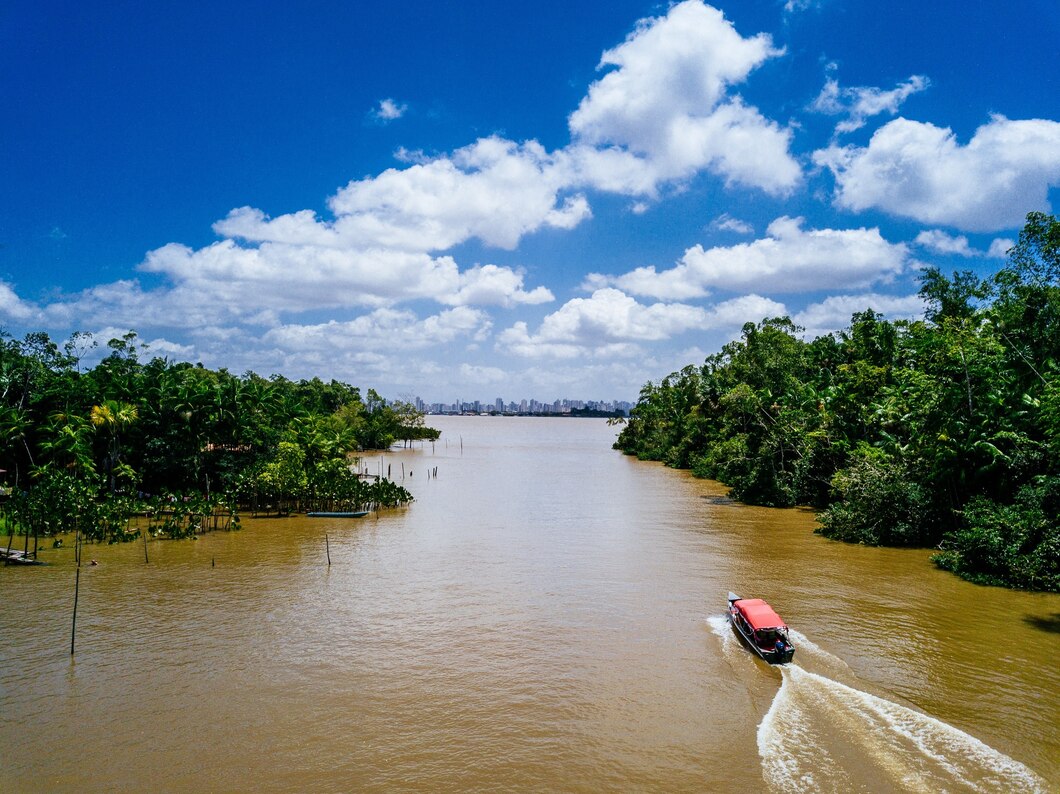
Organic farming and permaculture
A big part of living in an eco-village is practising sustainable farming. Using organic farming and permaculture methods to grow food without harmful chemicals and pesticides is a good way to protect the land and encourage plant and animal life. Many people in the area garden and farm together, which helps them feel connected to their area’s land and food sources.
Reduce Waste and Conserve Water
To reduce the trash they make, eco-villages use various methods, such as recycling, composting, and upcycling. People also use water-saving methods like collecting rainwater, recycling grey water, and installing low-flow faucets to reduce water use and protect local water sources.
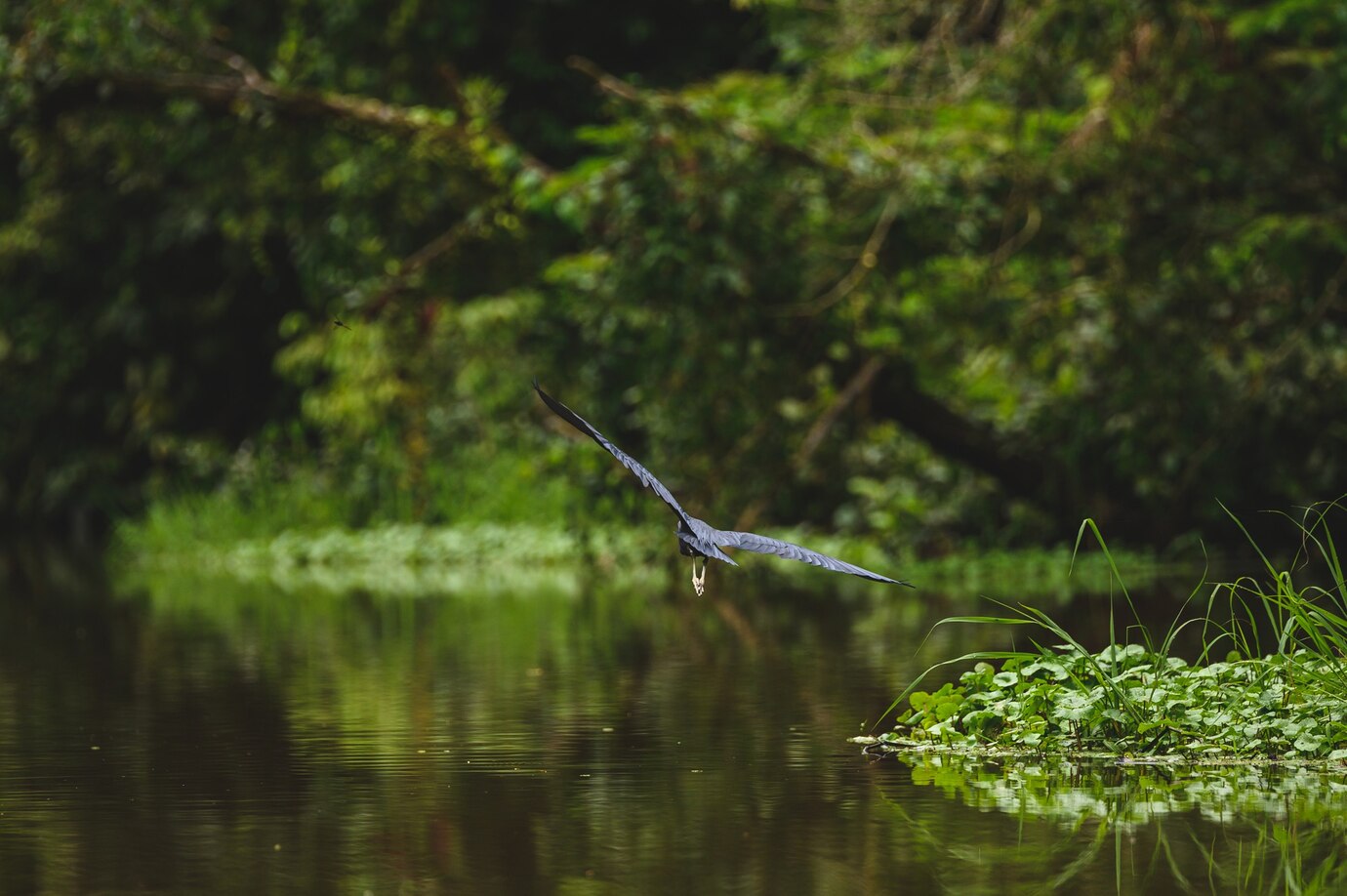
A Green Getaway at Eco Village Resorts
Visitors to green village resorts, like those near the Sundarban forest, can see how sustainable living works for themselves. These resorts aim to fit in with their natural surroundings, offering eco-friendly services and accommodations. There are many things for guests to enjoy that help them learn about and appreciate nature.
Experience Sundarbans Nature
Many kinds of animals live in the Sundarban forest, which is a UNESCO World Heritage Site. The famous Bengal tiger is one of these animals. In this area, an eco-village resort is a great place to stay while discovering the Sundarbans’ natural beauty and doing as minor environmental damage as possible. Through guided walks, wildlife safaris, and bird-watching trips, people can learn about the area’s unique ecosystem and conservation efforts.
Practices for sustainable tourism
Eco village resorts focus on eco-friendly tourist methods that help the community and protect the environment. This means using renewable energy sources, reducing plastic use, supporting local artists and producers, and teaching guests how to live in a good way for the environment. When tourists choose to stay at an eco-village lodge, they help protect the Sundarban forest and the people who live there.
Encourage Greener Living
Going to an eco-village resort as part of a Sundarban private tour plan from Kolkata can change your life. Visitors learn about eco-friendly methods and the benefits of living harmoniously with nature in a sustainable community. Having this experience often makes people want to live in a more environmentally friendly way by doing things like wasting less, saving energy, and supporting products and practices that last.
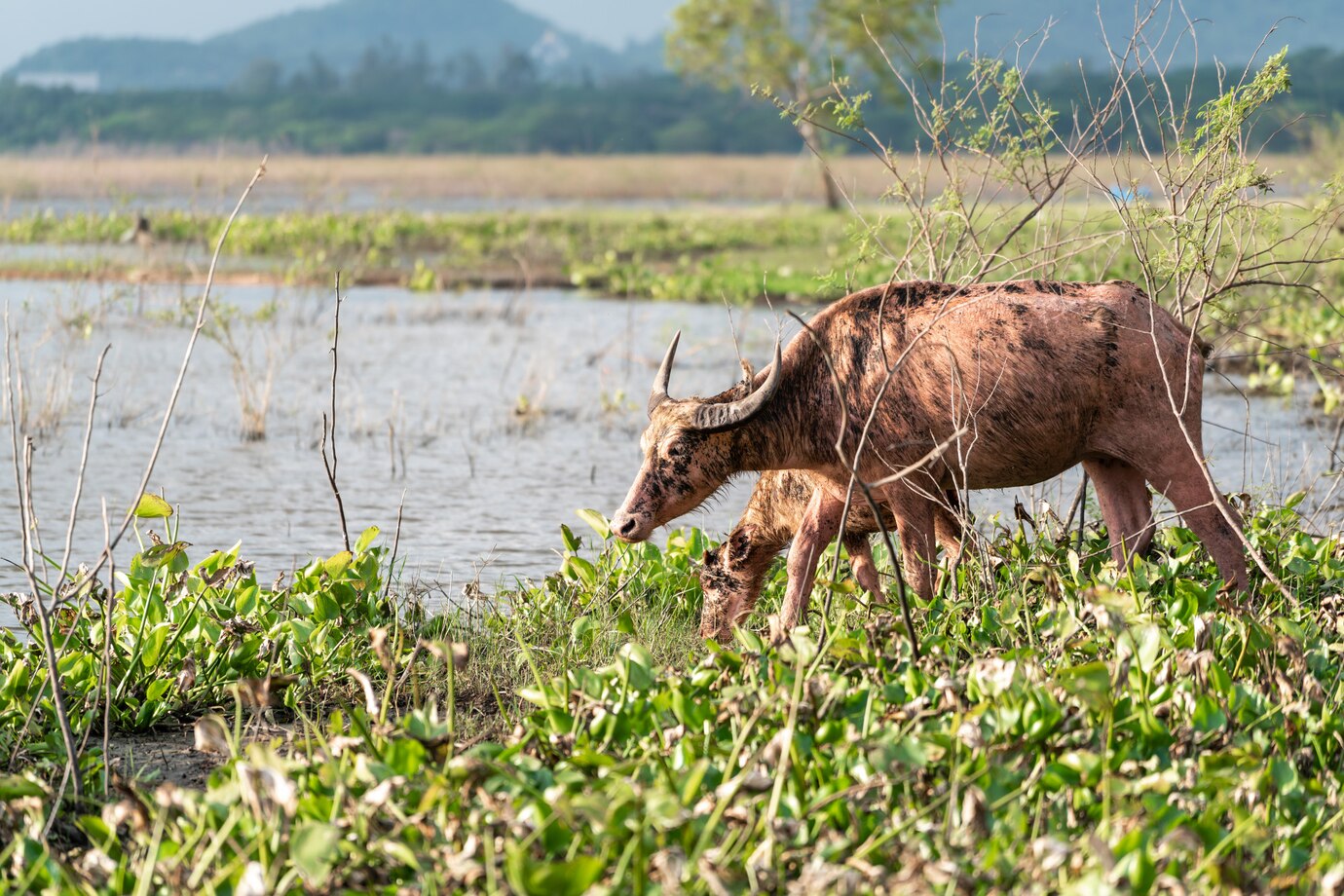
Conclusion
Eco-villages are a great example of how to build a future that will last. These communities encourage people and groups to live more environmentally friendly by showing them how to do things in a way that doesn’t affect the earth. Eco village resorts near the Sundarban forest give guests a one-of-a-kind chance to learn about sustainable living while visiting one of the world’s most beautiful natural areas.
These places are significant for making people care more about nature and the environment by teaching about sustainable tourism and the environment. If you want to get away from the noise and chaos of the city or learn more about green living, a Sundarban tour plan from Kolkata that includes a stay at an eco-village resort will be a fun and educational trip. Visit the Sundarbans and stay in an eco-village where you can enjoy nature and learn to live green.


